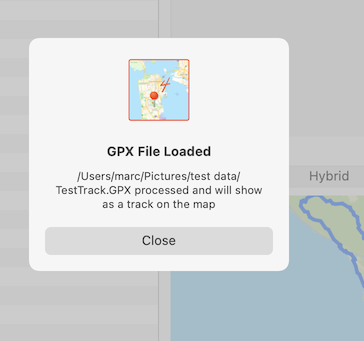

For this post I’ve only included snippets of each output. There are a significant amount of GPS points in the example files I’ve used. The outputted files will be invalid if any GPSLatitude or GPSLongitude tags are missing, but will be OK for missing GPSAltitude or GPSDateTime tags (but could cause problems later with other tools). Warnings will be generated for missing tags. In the following examples, I am assuming that the GPSLatitude, GPSLongitude, GPSAltitude and GPSDateTime tags are all available in each processed file. Note, if your file is encoded in some proprietary format it might not be properly supported by EXIF tool. Luckily for us, the brilliant EXIFtool supports inverse geotagging. I’m going to be using a process known as inverse or reverse geotagging – a process that creates a GPS track file from a series of geotagged images or a video. Let me show you how to grab a GPS track from a 360 timelapse or video to use with Strava, Google Earth, and almost any other mapping or location based tool. How was my speed? How long did it take on this stretch? … Strava is one of my favourites to analyse the telemetry.

I often upload GPS tracks from my tour photography to different tools for deeper insights. In the world of 360 outdoor tour photography, telemetry information is usually the most useful metadata, namely – latitude, longitude, and altitude. Now you know the theory, it’s time to put that knowledge to work.

Two weeks ago I talked about the the metadata found in a 360 video. Here’s how to use the GPS points inside your 360 timelapses or videos with tools like Strava and Google Earth.


 0 kommentar(er)
0 kommentar(er)
